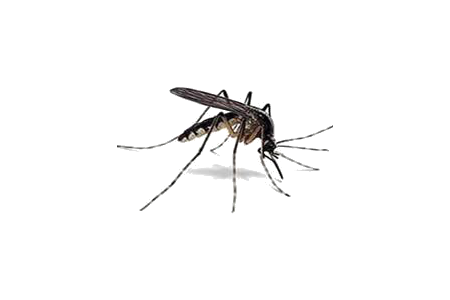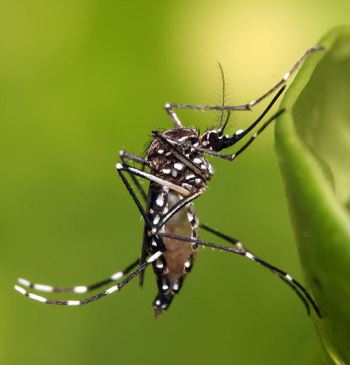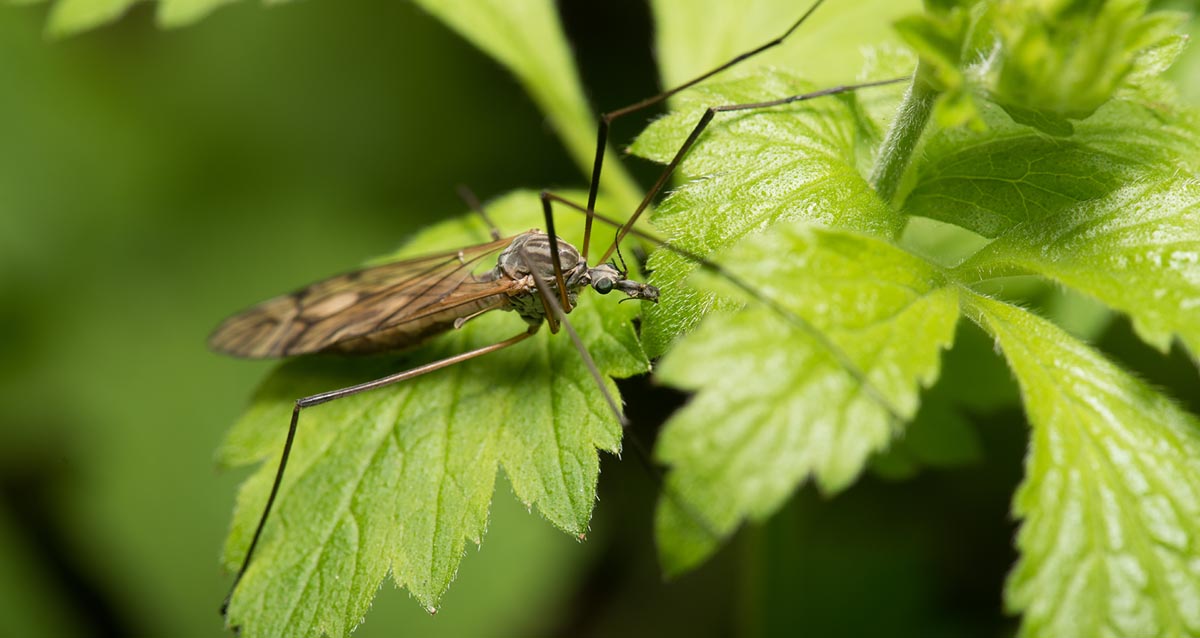Mosquitos
The common mosquito (scientific name Culex pipiens) has a rather minute appearance and size and a brownish background color.The abdomen is truncated, and each segment is crossed by two transversal bands: brown the distal one, beige the proximal one. there are two biological forms: one rural and ornithophilous and one anthropophilic, particularly adapted to urban environments, which represents an evolution of the former. From the biological point of view, the anthropophilic form is differentiated by characters that have been selected following adaptation to life in closed environments, often underground: it is in fact able to mate in confined spaces (stenogamy), to carry out the first cycle of production of eggs without blood meal (autogenic) and of not carrying out the winter diapause (homodynamy).
Features
The aquatic larvae feed by filtering the water and through 4 stages of growth they reach the pupal stage. The adult mosquito flickers about 48 hours after pupation. In our latitudes the larvo-pupal cycle can last from one to several weeks, depending on the temperature: at 30 ° C it lasts 6-7 days, at 20 ° C 11-14 days, at 10 ° C 48-58 days. Below 7 ° C the larvae stop growing and the cycle is blocked. About 48 hours after the flicker, males and females are able to mate.Immediately afterwards, the female can have her first blood meal, while the male, having exhausted his reproductive function, will survive only a few days during which he will never feed on blood. Both males and females derive the energy necessary for their life from sugary juices of vegetable origin.
Behaviors
The activity of the common mosquito is predominantly nocturnal, in fact it is almost certainly the annoying hiss that we sometimes hear in our ears on summer nights. It is a mainly endophagous mosquito (it attacks us inside the houses) and anthropophilic, at least in its urban variant.It colonizes almost all types of stagnant water collections, from road drains to rice fields. In an urban environment, it shares many development foci with the tiger mosquito (bins, manholes, etc.), but can colonize others, such as cellars and crawl spaces subject to flooding, typical of areas with a high water table.




